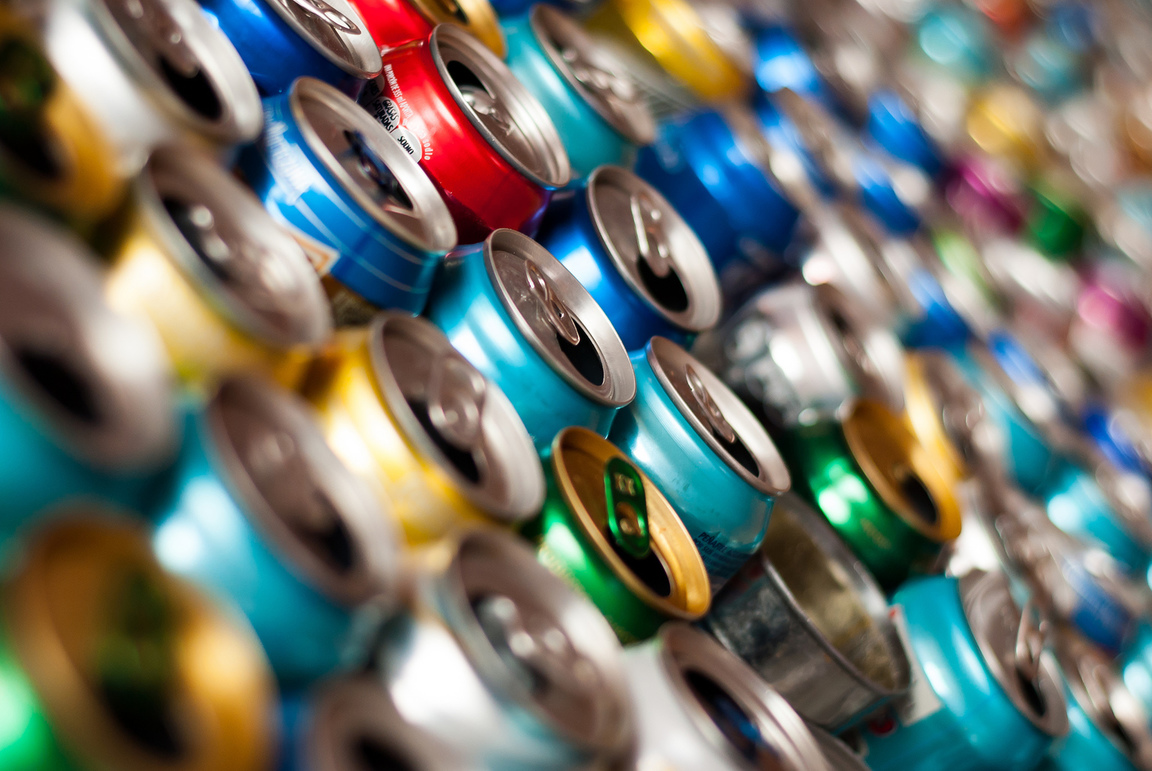Sergio Sastre Sanz | ENT environment & management
The Spanish Ministry for the Ecological Transition (MITECO) has recently published the accounts on municipal waste management for 2016, which compile data on waste collection, treatment and disposal in Spain. These accounts serve to calculate the recycling rate of Spain as required by the Waste Framework Directive.
Despite the relevance of these accounts, several points related to their quality are striking:
-
There are mass balances for treatment facilities where outputs are larger than inputs. This happens in 20 facilities.
-
The results of several Autonomous Communities are doubtful, for example the recovery of the so-called “other materials” (1) at packaging classification plans in Catalonia.
-
Material losses (inputs-outputs) largely differ across facilities and Autonomous Communities.
-
Biostabilised organic matter resulting from the mechanical-biological treatment of co-mingled waste can be accounted for as recycled if these materials are devoted to specific uses. There are striking differences in the amount of biostabilised materials that are in this sense “recycled” at each Autonomous Community. For example in Valencia, 203,082 t were accounted for as recycled at mechanical-biological treatment plants, which represents 13.6% of the input to these facilities in that Autonomous Community. However, in Catalonia most of the biostabilised materials were disposed of in landfills. The document do not specify the way in which Autonomous Communities have credited the uses of biostabilised materials.
-
Taking into account that losses and biostabilised materials add up to more than 50% of the overall recycling rate in Andalusia, Cantabria, Castile La Mancha, Castile León, Extremadura, La Rioja, Murcia and Valencia, these two items might require further insight and explanation about the criteria to validate these data.
Furthermore, the methodological decisions to convert raw data from waste collection and treatment (provided by the autonomous Communities) into aggregated data and overall recycling rates (carried out by MITECO) are not explicit. The fact that some decisions have been made can be appreciated, among others, in the following items:
-
Besides municipal solid waste, several treatment facilities receive sludges which are treated alongside organic matter from municipal waste, although sludges are not considered within municipal waste for the calculation of the recycling rate. The way in which this is taken into account is not made explicit.
-
Several Autonomous Communities require specific data processing, such as Madrid, where there are transferences of materials between plants which are not explicit in the tables and require specific assumptions, not made explicit, though.
-
There are inconsistencies such as the sum of mixed waste resulting from adding up the disaggregated data does not match with the totals shown in the aggregated results. The same occurs with the amounts landfilled.
In addition, it should be mentioned data on waste generation and recycling for specific items is provided by the National Statistics Institute (INE). INE provides data on waste generation which represent 1,133,888 t, over a total waste generation of 21,541,841 t. Of these 1,133,888 t of waste generation, INE estimates 1.037.305 t to be recycled which means that for the items accounted for by INE, the recycling rate is 91.4%. This figure is largely higher than the recycling figure of any of the waste streams accounted for by the Autonomous Communities, except for paper/cardboard and glass packaging for which waste collection is accounted for as recycling (2) (i.e. waste collection=recycling, for these two items).
Overall, Spain recovered 18.3% and composted 15.6% of total waste generated, which together adds up to 33.9% recycling rate in 2016. Figure 1 shows the recycling rate at national and regional levels and figure 2 displays a Sankey diagram of waste flows presented in the accounts.
These data are delivered to the European Commission for the compliance with the targets of the Waste Framework Directive to be appraised. The target is 50% recycling in 2020, which Spain is not going to accomplish despite the recommendations and early warnings sent by the Commision in recent years.
Figure 1. Recycling rate of Spain and the Autonomous communities, 2016.
Source: Ministerio para la Transición Ecológica: https://goo.gl/mmeSZ3
Figure 2: Sankey diagram of municipal waste flows in Spain, 2016.
Source: own elaboration from Ministerio para la Transición Ecológica: https://goo.gl/mmeSZ3
In this context, one wonders what has to change, no longer to reach the objective, if not to have a solid foundation to monitor recycling in Spain. In this sense there are three main actors involved. First, the Autonomous Communities which provide inconsistent data on collection and treatment. Second, the MITECO, in charge of validating these data, which in the context of official statistics raise significant doubts about the data itself and the further processing made at MITECO. Finally, the EU, in charge of establishing methods and rules for accounting that allow four different methods for the calculation of recycling rates, which hinders comparability across Member States.
In the next months new rules and methods for the accounting of the recycling rates beyond 2020 are expected to be approved. These rules are key to framing these accounts in a comparable and coherent fashion. The European and Spanish institutions must be challenged: designing consistent and credible environmental information systems is essential to monitor progress towards the objectives. You cannot tell anything when the count do not add up.
—
1 Meaning other than metals, plastic, paper/cardboard, glass and composite materials (e.g. beverage “bricks”).
2 This point itself might deserve further reflection since it is assumed that there are not impurities in waste collection for these waste streams. Despite impurities might represent a low share of waste collection for these specific streams, even 1-2% of impurities might be significant in absolute terms given the amounts of paper/cardboard and glass packaging separately collected in Spain.

